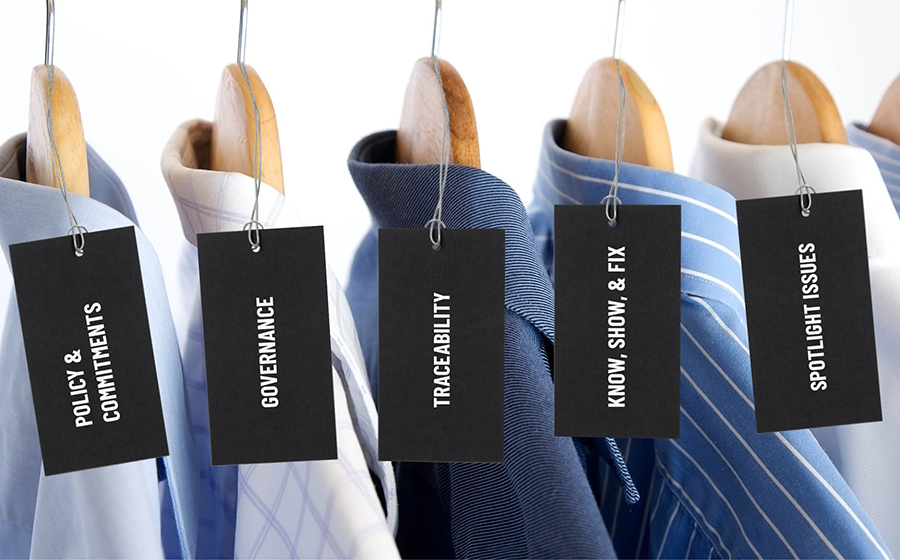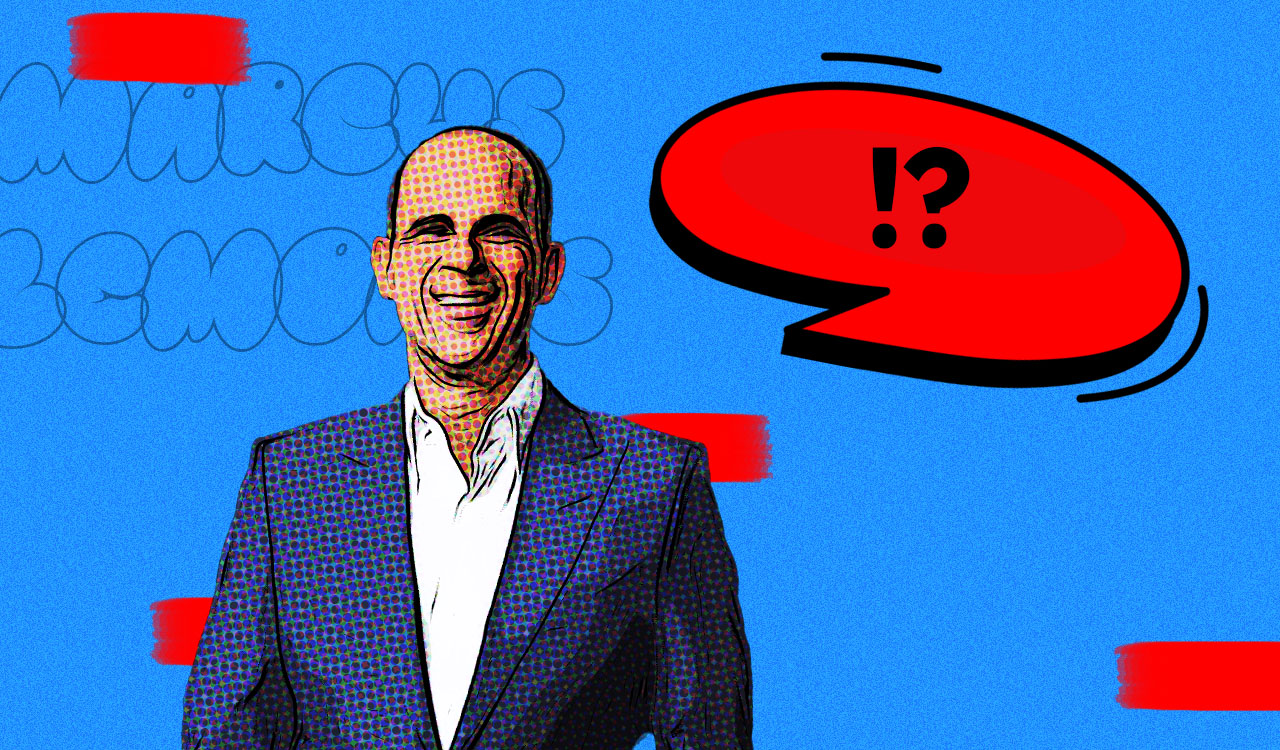Radical transparency is disrupting the retail industry. In the past, retailers could pick and choose what information they shared with potential customers. However, due to mobile browsing, environmental deterioration, and call-out culture, customers now expect brands to have every detail of their sourcing process readily available at the touch of their fingertips. Everything from where the organic materials used in a brand\’s products are harvested to whether corporate employees have adequate childcare options is fair game and can be a competitive differentiator in the long run. Transparent fashion brands like Everlane and Patagonia have been so successful that other industries are beginning to take note, and there\’s been an uptick in retail startups across categories that boast total transparency as defining features of their brand.
There is money to be made for retailers who are willing to tell all of their brand\’s dirty little secrets. However, it is easy for this advice to seem contradictory in an industry where price optimization software and free shipping determine which brand gets the majority of sales. Let\’s take a look at how retailers can answer the call for greater transparency without getting left behind in the pricing/shipping wars.
Millennials\’ Top Brands Share Manufacturing and Sourcing Information
In the Fashion Transparency Index report, 200 retailers were evaluated for transparency across five areas:
- Policy & Commitments
- Governance
- Traceability
- Know, Show, & Fix (how issues are reported and addressed)
- Spotlight issues (such as gender equality, etc.)
Retailers were scored by their transparency in each arena (not by how ethical or sustainable their practices were). The average retailer score was 21 percent. While no retailer achieved over 70 percent of the transparency criteria, Adidas, Reebok, and Patagonia were the top-ranking fashion retailers, scoring 64 percent of the 250-point scale– interestingly, all three fashion brands are also renowned millennial favorites, with Patagonia and Adidas (which is also Reebok\’s parent company) coming in at #100 and #10 on Moosylvania\’s list of \”Top 100 Millennial Brands.\” Adidas also ranks #61 on the Forbes Most Valuable Brand list and the company\’s inertia shows no signs of slowing down as Gen Z come into their own.
Adidas is by no means a perfect brand, but the company has proved that it\’s dedicated to transparency by publishing its global factory list. An increasing number of fashion brands are getting on board by publishing their own lists of manufacturers, processing facilities and their carbon footprint. Now not all brands are in a position to do this and those that don\’t may be getting their ducks in a row (ethically speaking) before they publicly post information about their supply chain.
It\’s Getting Harder for Companies to Peacock Values They Don\’t Uphold
It used to be taken for granted by a concerned public that retailers were doing nefarious things on the back end of their business processes: underpaying workers, sourcing materials that were destroying ecosystems, using child labor, lining the pockets of big game hunting CEOs, and funding politicians who lobbied to destroy the environment — to name a few. But the internet has changed all of this. Suddenly consumers are just a click away from starting a dialogue with the people working in the factories that make their clothing, and nothing gets traction faster on social media than an article about a brand cashing in on beliefs different than those supported by the politicians they fund. When a company leader shares political views that are diametrically opposed to those of a brand\’s target audience it can be catastrophic for sales. Just take a look at millennial favorite La Croix\’s sinking shares since word got out about the political tweets shared by the company\’s CEO, Nick Caporella (and since he began likening brand management to caring for a disabled person).
While you may think that call-out culture would create an understanding between brands and consumers, more than two in five customers say they don\’t know which brands to trust. The more consumers learn about their favorite brands, the more disillusioned they become–which is why brand leaders need to show customers that they\’re true to their company\’s ethos by owning up to their weaknesses. It\’s far better for companies to be \”getting there\” in terms of sustainability, diversity and fair-trade practices than to get caught espousing beliefs that the brand\’s founders or stakeholders don\’t adhere to.
It Is Possible to Reconcile Pricing Transparency with Price Optimization
All this talk of transparency can seem at odds with the reality of price optimization in e-commerce via price-matching and discounting. After all, how can retailers match prices to compete with e-commerce superstars like Amazon (which updates prices on its products every ten minutes) while also keeping their pricing system transparent enough to appeal to modern consumers? Price optimization isn\’t exactly something that retailers can afford to turn their noses up at, especially considering that those that use price optimization software see an average 19 percent profit improvement. Luckily there are multiple ways for retailers to \”optimize\” prices and some of them don\’t include automatic updates. While price optimization software can be used for price-matching and undercutting competitors, it can also be used to help retailers realize what not to do. It can help eliminate the risk of discounting items that customers would have bought at full price, and it can also help retailers stop investing in promotions that don\’t result in a strong ROI.
Can retailers who take advantage of automatic pricing updates still offer customers the level of transparency they demand? Definitely… and Everlane is a great example of how to do it right. Everlane is transparent about the need to switch up price-points based on market fluctuations and the cost of materials, labor, and transportation. Business Insider reports, \”Everlane will adjust their prices based on the supply chain, so if the cost of raw cashmere drops (which it did), Everlane will drop their online prices to reflect that (which they did).\” Everlane\’s forward-thinking approach to radical transparency has made it a go-to brand for urban millennials and won it the title of one of the \”most innovative companies\” of 2019 by Fast Company, and retailers can replicate Everlane\’s success by getting honest about when and why they need to significantly adjust their prices.
Getting Public About Goals, Taking Ownership, and Providing Updates
No retailer is going to be able to be 100 percent transparent across the board right away. Keep in mind that even the top-ranking fashion retailers in the Fashion Transparency Index only disclosed 64 percent of the available information. However, consumers want to know about the manufacturers and suppliers of the brands they patronize– including who made the products they\’re buying and under what conditions. The more retailers can reveal about how their business, the better; and this means that sometimes retailers will need to reveal the fact that they haven\’t yet met their sustainability or ethical sourcing goals. But customers are a lot more willing to work with brands that are open and honest about where they are in terms of CSR, including where they want their business to be in the future and the steps they are taking to get there. Take a look at Walmart\’s goal of 18 percent emission reduction by 2025 to see how retailers can put a positive spin on the process of getting where they want to be.
In the end, customers just want retailers to be part of a brand\’s improvement process. While modern consumers don\’t expect brands to be perfect, they do expect them to be working towards being socially responsible. Retailers can build trust with customers by creating an in-house sustainability scorecard and sharing regular updates with customers as they get their supply chain up to snuff. It\’s all about giving customers a glimpse into the company\’s back-of-house operations and giving them a say in how the company evolves.




